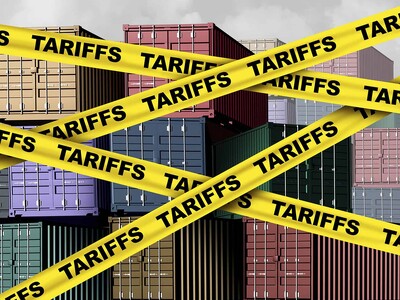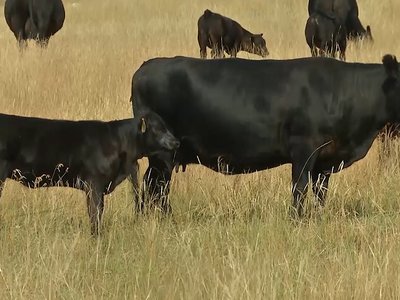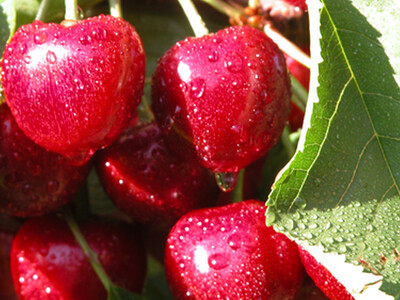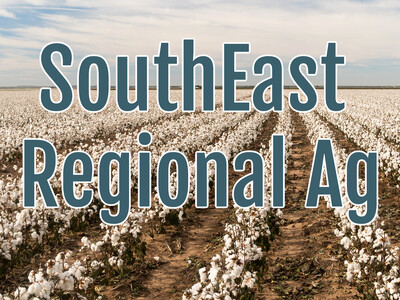Proactive Practices to Minimize Weeds
With the growing season now in full swing, wheat growers are diligently scouting for yield-robbing weeds that can compete with crops for valuable water and nutrients and ultimately impact yield potential and crop quality. Growers turn to herbicides as one method to minimize these threats and protect their wheat crop.Syngenta Agronomic Service Representative Don Drader shares some of the important factors in an effective herbicide program in order to protect the crop from weeds as well as preventing herbicide resistance.
Drader: “Think about — especially if we are talking about herbicide resistance — is make sure they identified the weed so that they know that they are using the correct product for the right weed. We’ve got a lot of grassy weeds here in the Northwest and sometimes the herbicide they select may control one grassy weed but not the other. So identify the weeds. If they are not aware of what those weeds are by all means they should be able to take those weeds to a local weed expert or a university and get them properly identified. And then use the correct rates get thorough coverage. Get your applications in when the weeds are still small. Again coverage, coverage, coverage — we’ve got to be sure that we got all of the weeds covered out there. Then rotate the herbicides. I think most growers and field men are aware that there are number of different herbicide action groups many of those mode of actions have different ways of killing the weeds. So they need to be sure that they are rotating those or mixtures of more than one grouping to get the most efficiency.”













